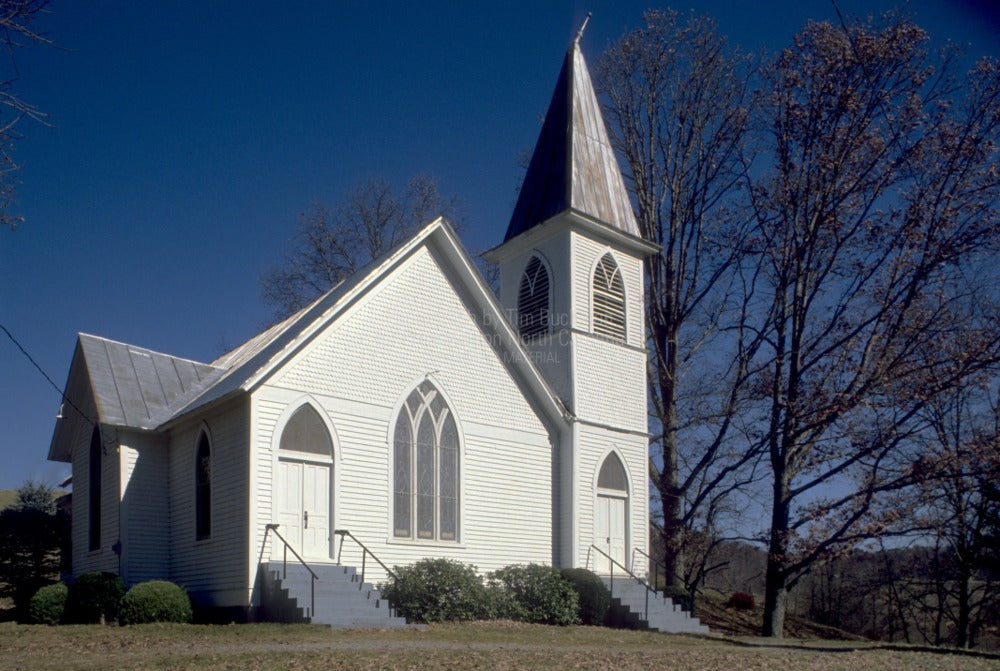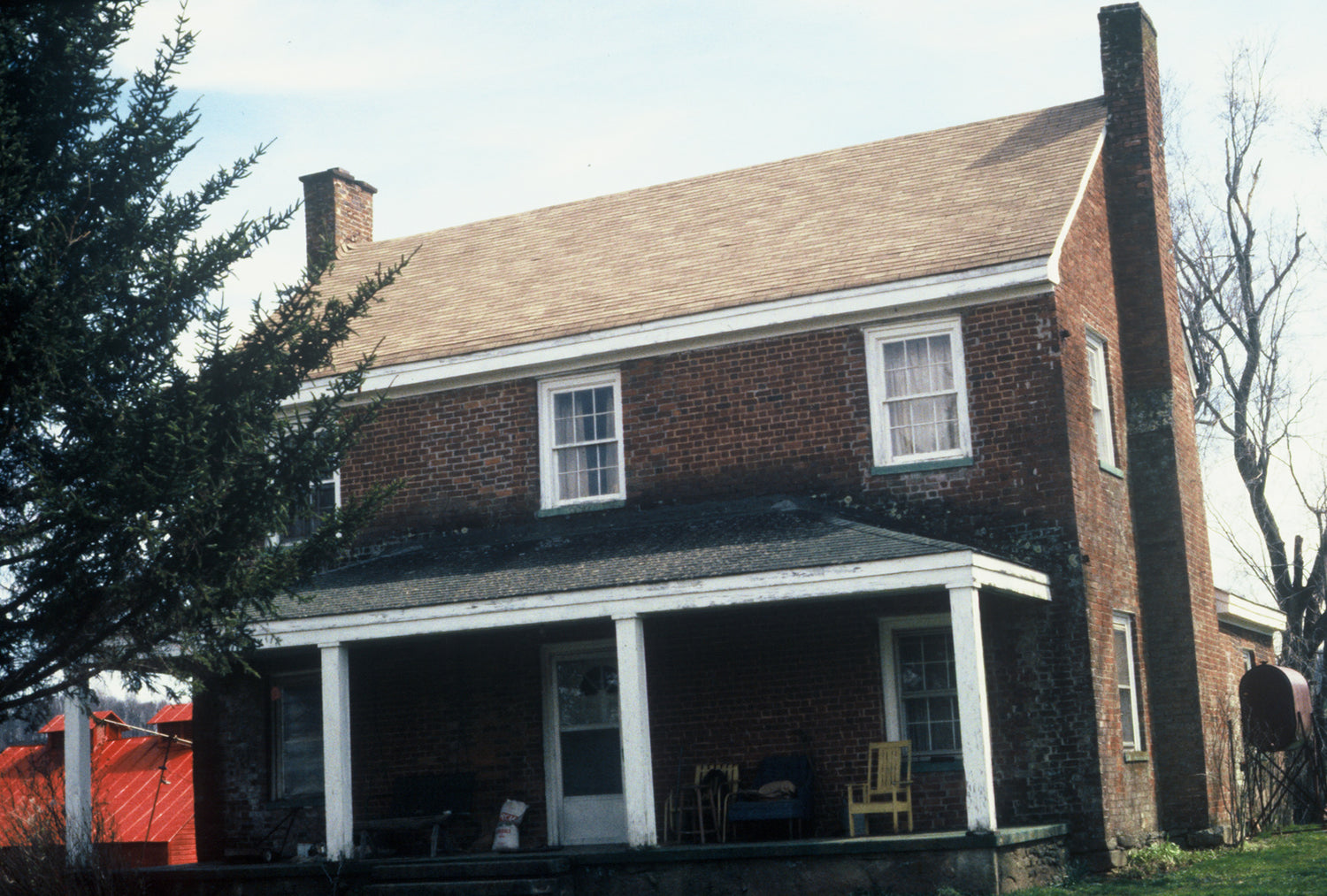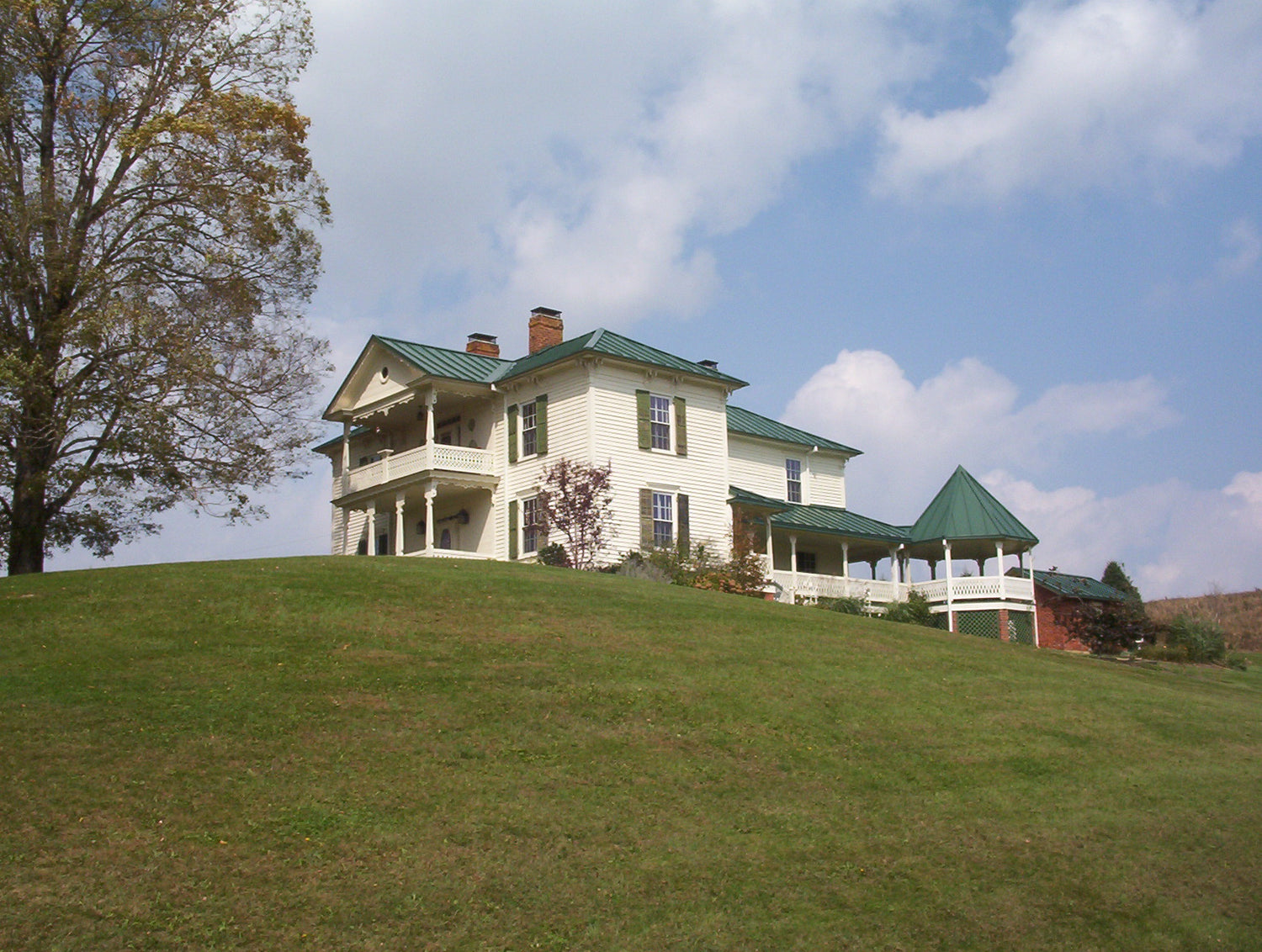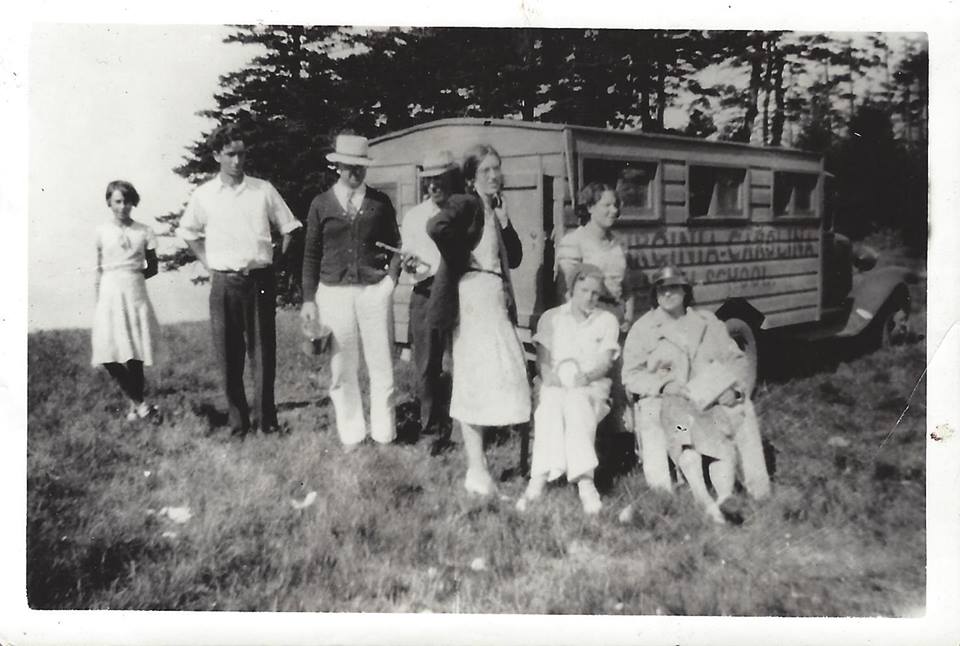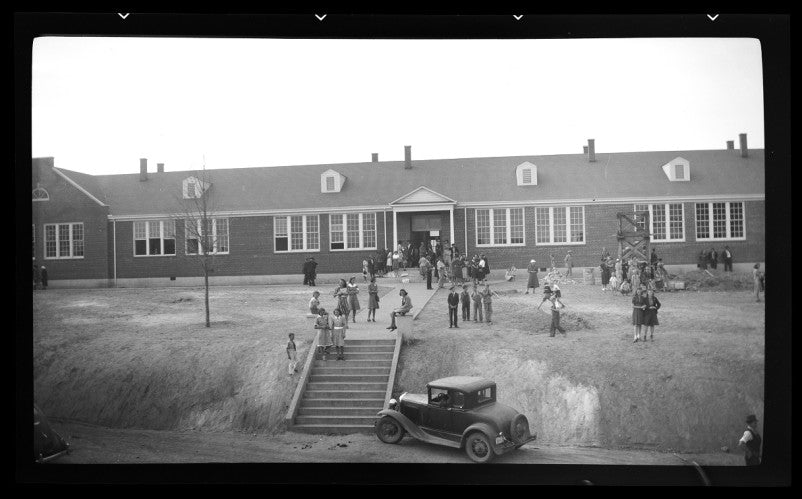Grassy Creek: A Historic Community
Grassy Creek is a historic township located in the northeastern part of Ashe County. At one time Grassy Creek was a bustling community with numerous stores, churches, schools, and a post office. Settled by prosperous cattle farmers who shaped its architectural character and infused capital into the area, it was also the location of the Virginia-Carolina school. When the cattle farmers left, the school burned in 1967, and the proposed dam of the New River by the American Electric Power Company threatened to flood Grassy Creek, local commerce dwindled, succeeding generations moved to urban areas, and Grassy Creek became a quiet, agricultural community.
Grassy Creek is listed on the National Register of Historic Places. It was added on December 14, 1976. It is the first rural Historic District to be added. Curiously, it was first surveyed and recommended for inclusion in order to place as many obstacles as possible in the way of the American Electric Power Company’s plans to dam the New River. The historic district contains 29 buildings and sub-buildings, not all of which are still standing.
The Greer Family
Grassy Creek was settled in the early nineteenth century by the Greer family. The Greers raised purebred short horn cattle. During four generations of ownership over the next hundred years, the Greers became the largest landholders in the area and established six individual farms here. Most of the historic dwellings and buildings in Grassy Creek were built by the Greer family.
The settlement of Grassy Creek is interesting, because it does not fit the model of initial occupation in this region. The typical model is the sturdy Scots-Irish yeoman who, equipped with rifle, axe, and Bible set out to conquer the wilderness. The Greer family, on the other hand, were wealthy, bringing to the Grassy Creek valley an eastern planter mentality. They had capital, extended family, and slaves.
The Greers introduced dairying on a commercial basis in the early twentieth century and with others, established a cheese factory in 1915. This factory produced $1,500 worth of cheese during its first year. Despite its initial success, the difficulty of transportation in the mountains, local tensions between cattlemen and dairymen, and the economic disturbances caused by World War I, made it impossible to succeed at dairying in Ashe County. The cheese factory closed in 1920 and the Greers, who were not willing to abandon their plans for dairying and cheese-making, moved to Bel-Air, Maryland where they founded another cheese-making industry.
The Virginia Carolina School
The Virginia-Carolina School was built in 1913 on land donated by Mr. Catlett Pugh in Grayson County, Virginia and by Mr. Greer Parsons from Ashe County, North Carolina. The first building was a two-story frame structure that housed four classrooms, an auditorium, and a music room. In the 1920s additional rooms and buildings were added including a library, home economics building, and space for an agricultural department. The Virginia-Carolina School was the first school in Ashe County to establish a vocational agricultural department with a full-time teacher. In 1939-1940, the WPA (Works Progress Administration) replaced the school with a modern, 12 room brick building.
The school burned down on February 5, 1967. A portion of the school remains and is currently used as a warehouse. It is located along Grassy Creek Road on the NC-VA line, near the Grassy Creek Baptist Church and the Grassy Creek United Methodist Church.
Grassy Creek Today
At the time that Grassy Creek was designated a national historic district, the aging residents of the valley could not commit the financial resources to restore and preserve the old buildings. Job opportunities were limited and most of their children had moved away and did not plan to return. It was not until the 1980s, when Christmas tree farming revived agricultural and economic interest in the area, that properties changed hands, new businesses ventures were begun, and Grassy Creek enjoyed a renewed prosperity.


